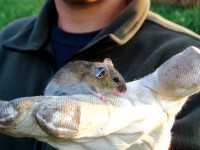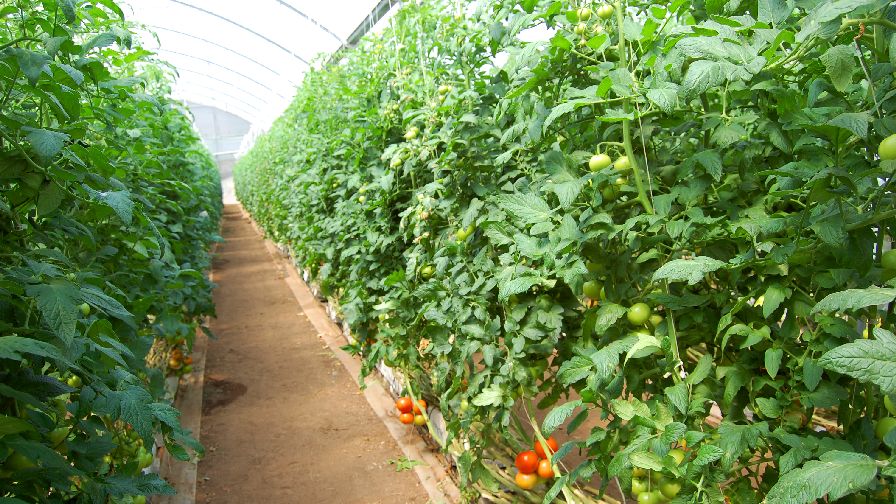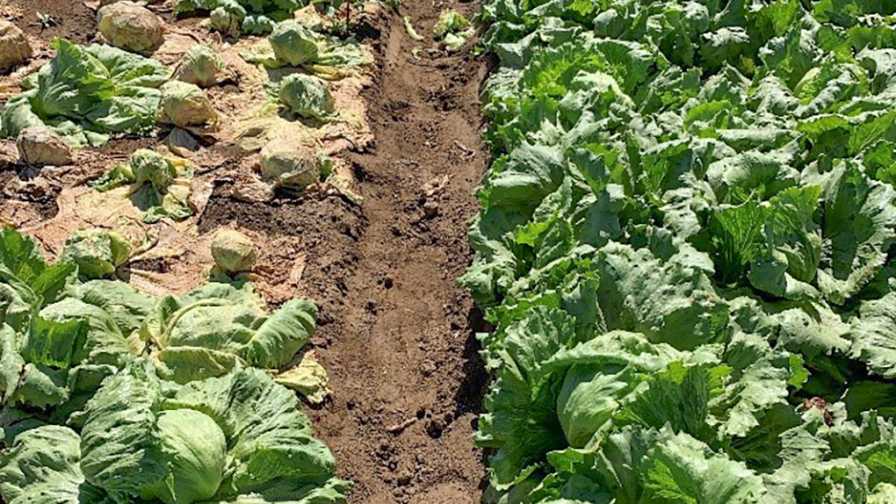5 Keys To Weed Management

Anyone who’s grown crops organicially knows that weed control is one of the toughest aspects of successful organic production. A recent webinar hosted by the Countryside Conservancy and the Ohio Ecological Food and Farm Association featured Dr. Matt Liebman, Wallace Chair for Sustainable Agriculture and professor of agronomy at Iowa State University, discussing effective organic methods for weed control. Here, Liebman breaks down five tips for keeping weeds at bay organically.
1) Prevent weeds from going to seed or from producing vegetative propagules, like rhizomes or tubers. Do this on as small an area as necessary to do it thoroughly for several years. With no new seeds and vegetative propagules going into the soil, weed control will become much less time consuming and much less costly within three to five years. After you’ve achieved success in one area, take on another area for intensive weed suppression.
2) If some weeds do go to seed or produce vegetative propagules, pay careful attention to crop sequencing. Crops that compete poorly against weeds (e.g., carrot, direct seeded onion) should not follow crops in which weeds have been inadequately controlled.
3) A wide range of animals, including carabid beetles and mice, consume weed seeds that lie on the soil surface. Ecologists call this process “seed predation.” Large numbers of weed seeds can be consumed within a period of several weeks. To maximize this service, delay tillage for as long as possible, since weed seed predators have a difficult time locating seeds after they’ve been incorporated into the soil.
4) Prevent the movement of weeds onto a field or farm, especially species that have not previously been present. Seeds can move in manure unless it is turned and well rotted (composted). Seeds can also move in hay or straw used as mulch, so be sure you know what you’re spreading. If new weed species are observed growing in small patches, eliminate the patches, since preventing the spread of weeds is much easier than controlling them once they’ve dispersed around a field or across a farm.
5) Make sure your weed control tools are ready to use. The success of physical weed control practices depends in large part on timing and the size of weed seedlings. Be ready to move effectively when weeds are small and weather and soil conditions are appropriate.









